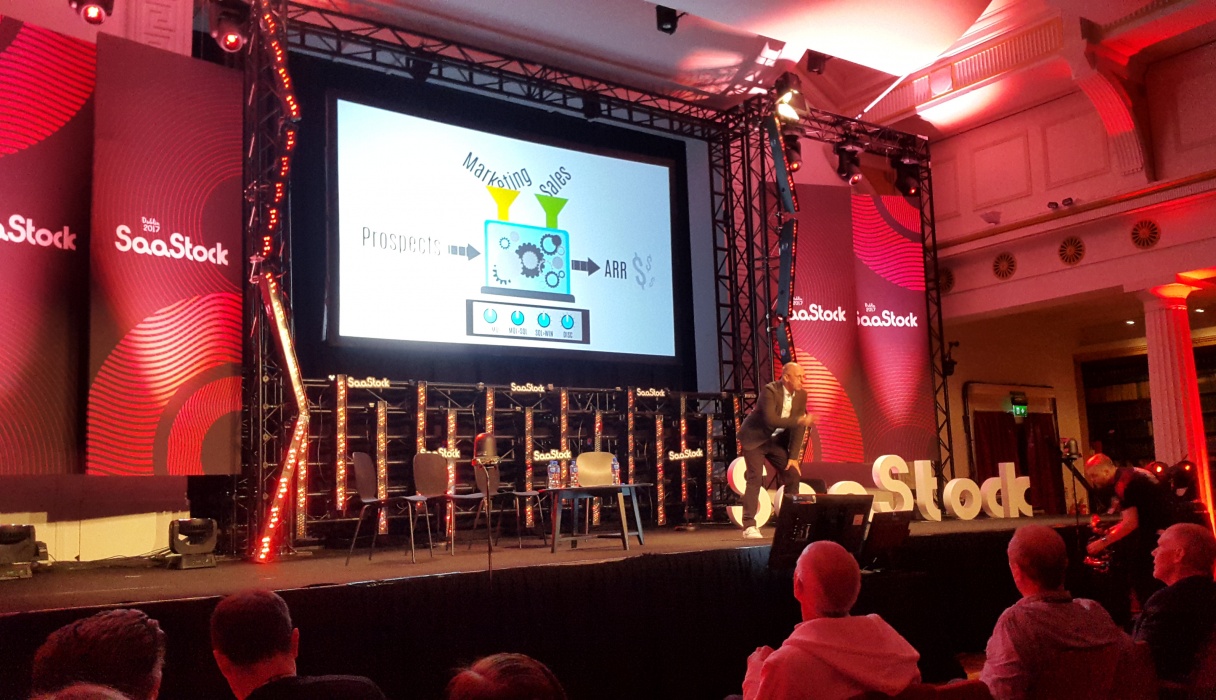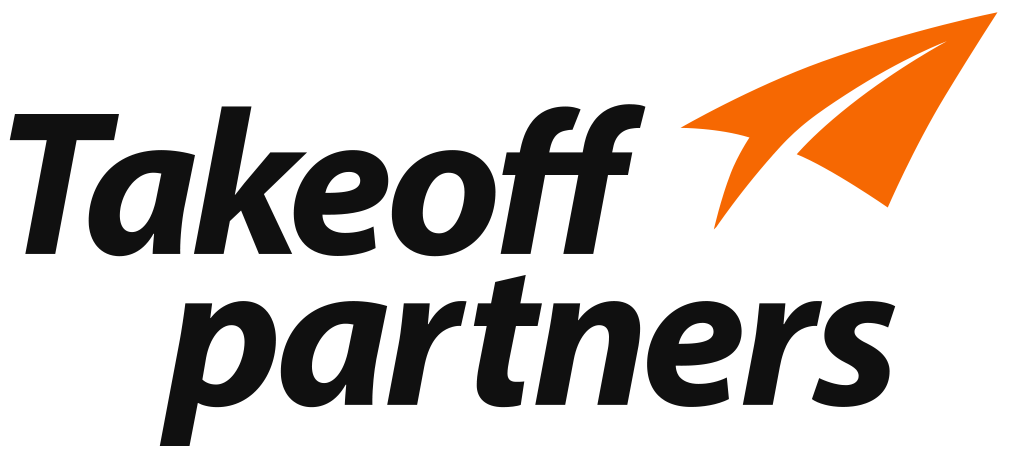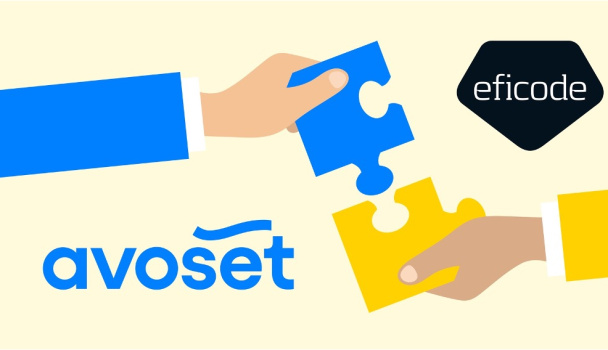Key Takeaways from SaaStock 2017

Markko Vaarnas: "I just came home from my second SaaStock in Dublin and I must say that it was a highly useful 3 days. I am not only impressed by the quality of the content insights shared in the stage program, but also about the overall quality of participants consisting of founders and senior directors from SaaS companies of different size from numerous countries."
When trying to summarize what I learned, I would probably say that the key learning for me was the realization of how much there is still to learn in SaaS. Even though I am sort of a veteran in SaaS having done SaaS business since 2001 (well, it was called ASP at that time), my experience from 2001 to 2014 is from selling high-value monthly SaaS agreements to large enterprises through direct salesforce.
For our enterprise clients at the time, SaaS was just a new way of delivering and using software, but the actual buying (or sales) process did not really differ a lot from a traditional software buying process.
At SaaStock I felt quite humble about my knowledge level of modern SaaS sales when listening to the experts of different fields of SaaS specialization such as marketing, inside sales and client success management. The rules of buying have really changed a lot when clients today have the option of finding lots of alternatives to their needs and trial them with a reasonable effort.
No need to reinvent the wheel
The other key learning for me was the realization that there are lots of useful best practice blueprints and formulas on how to succeed in building SaaS businesses. There really is no need to reinvent the wheel. Instead a lot can be found by doing a little bit of research and benchmarking. The KPIs in SaaS have been pretty much standardized as is the terminology for the sales funnel.
It is, however, highly important to bear in mind that the best practices change along the way as the methods to increase sales from 10,000 USD to 100,000 USD Monthly Recurring Revenue (MRR) are really quite different than growing the MRR from 100,000 USD to 1 MUSD (not to even mention growing from 1 MUSD to 10MUSD).
It's probably even distracting to listen to best practices advise from companies who operate their marketing with 23 FTEs when you are thinking about hiring your second marketing person to the team.
Even if it may be good to understand what might be ahead of you in few year’s time, it's probably more worthwhile to stick to the concrete ideas coming from your direct peers of the same size. It is crucial to understand the phase where you are and what best practices to apply therein.
Build a product, Go to market, Excel in recruitment
One of the most useful blueprints that I have run across recently is the “Blueprints for a SaaS Sales Organization” by Jacco van der Kooij and Fernando Pizarro. I had the pleasure of listening to Jacco’s keynote at SaaStock and found it extremely useful. Their book really gives highly practical blueprints on how to excel in building a world class SaaS sales organization. Another keynote that stood out from the SaaStock program was David Skok’s opening keynote for the whole event. David has been sharing lot of relevant best practices in his blog and especially his views on SaaS KPIs have been widely adopted.
I think David summarized it well with highlighting the three core start up skills as follows: 1. Build a product, 2. Go to market, 3. Excel in recruitment. And overall, the most important thing for startups is to understand when they run out of cash! Startups are essentially a race against time. Before you have reached product/market fit it’s advisable to keep cash burn on minimal level. And in David's experience, the number one mistake in early phase, is not to meet enough customers to validate the product.
Building a team of marketer - growth hackers
Specifically in regards to marketing, I paid attention to the fact of how most companies insisted on building an inhouse team rather than relying on outside partners. In many cases, this was done by opening up new marketing roles to new trainees who later on occupied the role full-time. When growing your marketing team, you typically start from hiring a few generalists to the headquarters, then move to hiring country-based marketers and finally move to highly specialized roles of e.g. video editing or copywriting. I also heard that many companies had moved into applying 2-week sprints for their marketing development operations working with 2-3 growth hacks at a time with the objective of quickly trying to figure out what works and what doesn’t. That certainly sounded worth experimenting!
What I was also quite amazed to see was the huge number of specialized software to manage different aspects of SaaS activities from marketing lead generation to KPI monitoring. There was a company who mentioned that they are using 23 different tools in their sales and marketing process. You kind of start to wonder how that type of maze can be managed…
Make the customers your biggest fans
To summarize the key message of various speakers into one concrete piece of advise that would be - “be customer centric”. Bill Macaitis, who has run the marketing for Salesforce.com, ZenDesk and Slack, highlighted that the average Net Promoter Score of B2B software companies is -19! So it shouldn't be that tough to beat the average companies, but with new customer focused SaaS companies that number is likely to go up.
As the switching costs are decreasing all the time, you truly have to convert your clients into your biggest fans. When managing sustainable growth, what came up repeatedly was the importance of being able to generate a growth loop with a high viral coefficient. Growth naturally becomes a whole lot easier if you can rely on each 100 new clients bringing in 20-50 new clients (or even more) on board as referrals or in some other way.
Overall, it was highly inspiring to hear real war stories from proven SaaS-experts in different stages of their growth journey. Thank you Alex Theuma and rest of the SaaStock organization for the event. See you next year!






